Tired of almond flour bread that turns out dense or tastes like eggs? This recipe delivers the soft, flavorful loaf you’ve been searching for every single time.
This almond flour bread recipe is the game-changer you’ve been looking for. Unlike typical low-carb loaves that turn out dense or overly eggy, this one bakes up light, moist, and flavorful. It tastes like real bread and works perfectly for toast or sandwiches.
More than just a recipe, this guide gives you the full how and why behind each step. You’ll learn what makes almond flour behave differently, how to fix common issues like oily texture or a flat rise, and how to adjust the loaf to suit your taste and dietary needs.
Table of Contents
Why This Is the Only Almond Flour Bread Recipe You’ll Ever Need
- Light and fluffy texture that feels like real bread, not heavy or greasy
- Balanced flavor without that eggy aftertaste common in low-carb breads
- Quick and easy preparation using just one bowl and simple pantry ingredients
- Naturally gluten-free and fits perfectly into keto, paleo, and low-carb diets
This almond flour bread stands out from the rest. It delivers the perfect slice for sandwiches, toast, or snacking. Whether you’re new to baking with almond flour or have tried and failed before, this recipe finally gets it right.
⭐️⭐️⭐️⭐️⭐️
“Almond flour is on fire because it’s gluten‑free and contains more protein than regular flour,” says Bonnie Taub‑Dix, RDN, nutritionist and author. “I love to bake with almond flour because it’s an easy one‑for‑one swap with flours of lesser nutritional value. It also adds a richer flavor.” womenshealthmag
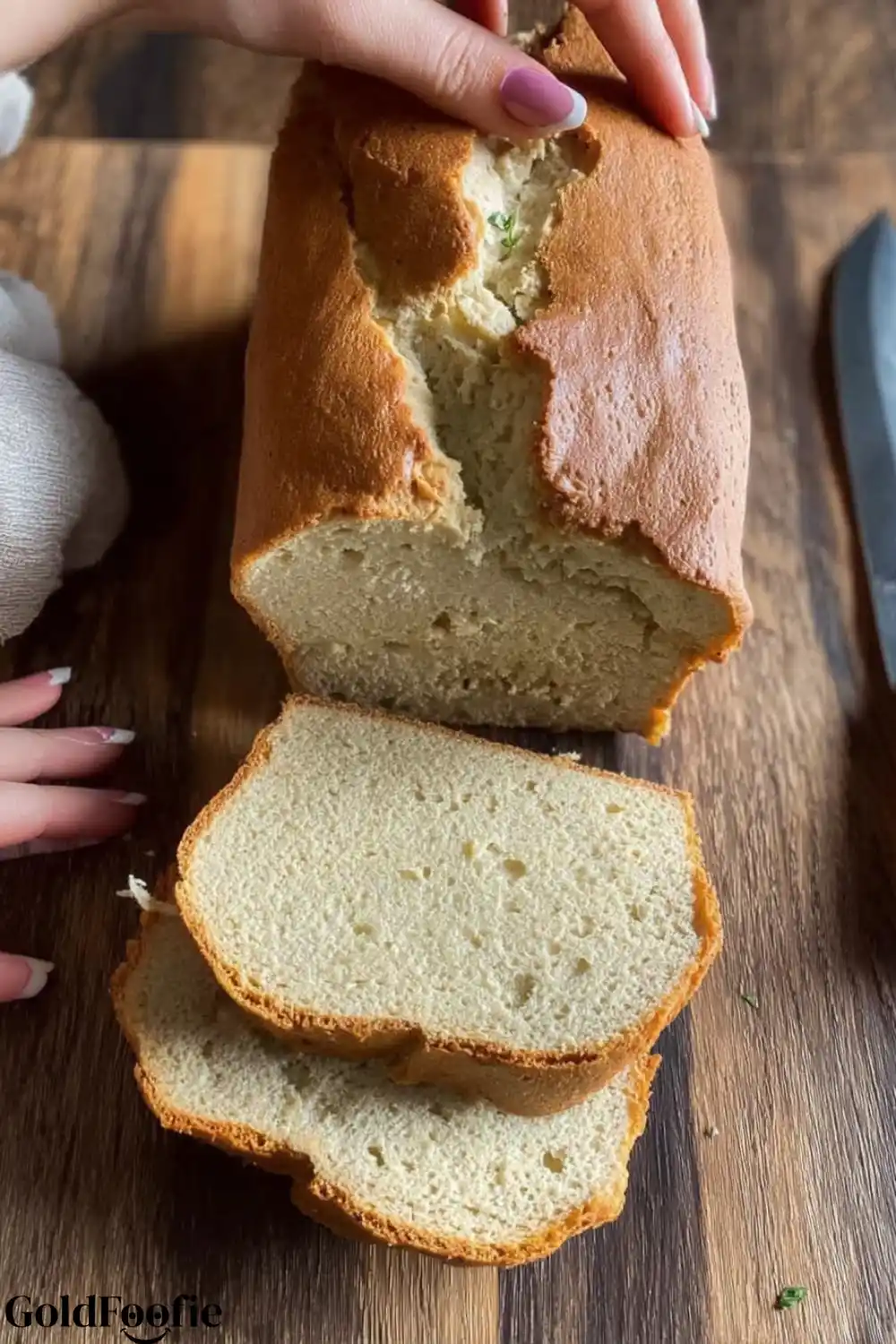
The Simple Science of Perfect Almond Flour Bread
Understanding the science behind almond flour bread helps you bake better every time. Almond flour behaves differently from wheat flour, so knowing what each ingredient does makes all the difference.
The Role of Almond Flour (Structure Without Gluten)
Almond flour lacks gluten, which means it cannot trap air the way wheat flour does. That’s why your bread needs extra support. Fine almond flour gives structure, while other ingredients help it hold shape and create a soft crumb. Using the right type, like blanched and finely ground almond flour, is key for texture.
The Importance of Eggs (The Protein Backbone)
Eggs replace the gluten structure in almond flour bread. They provide lift, moisture, and binding. Too few eggs and your loaf may fall apart or feel dry. Too many and it starts to taste like an omelet. This recipe balances that ratio to create a fluffy loaf without the eggy flavor.
The Magic of Leaveners (Vinegar Plus Baking Soda)
A strong rise comes from a smart combination of acid and base. Apple cider vinegar reacts with baking soda to produce carbon dioxide. That gas expands in the oven, giving your bread height and softness. Without this chemical reaction, your almond flour bread would turn out flat and dense.
Ingredients Needed
For the base
- 5 large eggs, at room temperature
- 5 tablespoons olive oil, or use melted butter or coconut oil
- 1 tablespoon maple syrup, acts as a natural acid and mild sweetener
- 1 teaspoon apple cider vinegar, helps activate the baking soda for lift
Dry ingredients
- 1 and 3/4 cups super fine almond flour
- 1/2 teaspoon baking soda, reacts with vinegar to help the bread rise
- 1/4 teaspoon salt, enhances flavor and balances sweetness
Each ingredient plays a key role in making almond flour bread soft, flavorful, and rise properly. Use fresh baking soda and super fine almond flour for the best results. Room temperature eggs help the batter mix evenly and trap more air.
How to Make Diabetic Bread Recipes
Step 1: Prepare your oven and pan
Set your oven to preheat at 350°F. Line an 8×4 inch loaf pan with parchment paper so the bread doesn’t stick and lifts out easily after baking.
Step 2: Mix the wet ingredients
Crack the eggs into a large mixing bowl and whisk until they look slightly foamy. Add the olive oil, maple syrup, and apple cider vinegar. Keep whisking until the mixture looks smooth and fully combined. The vinegar is essential because it helps your almond flour bread rise by reacting with the baking soda.
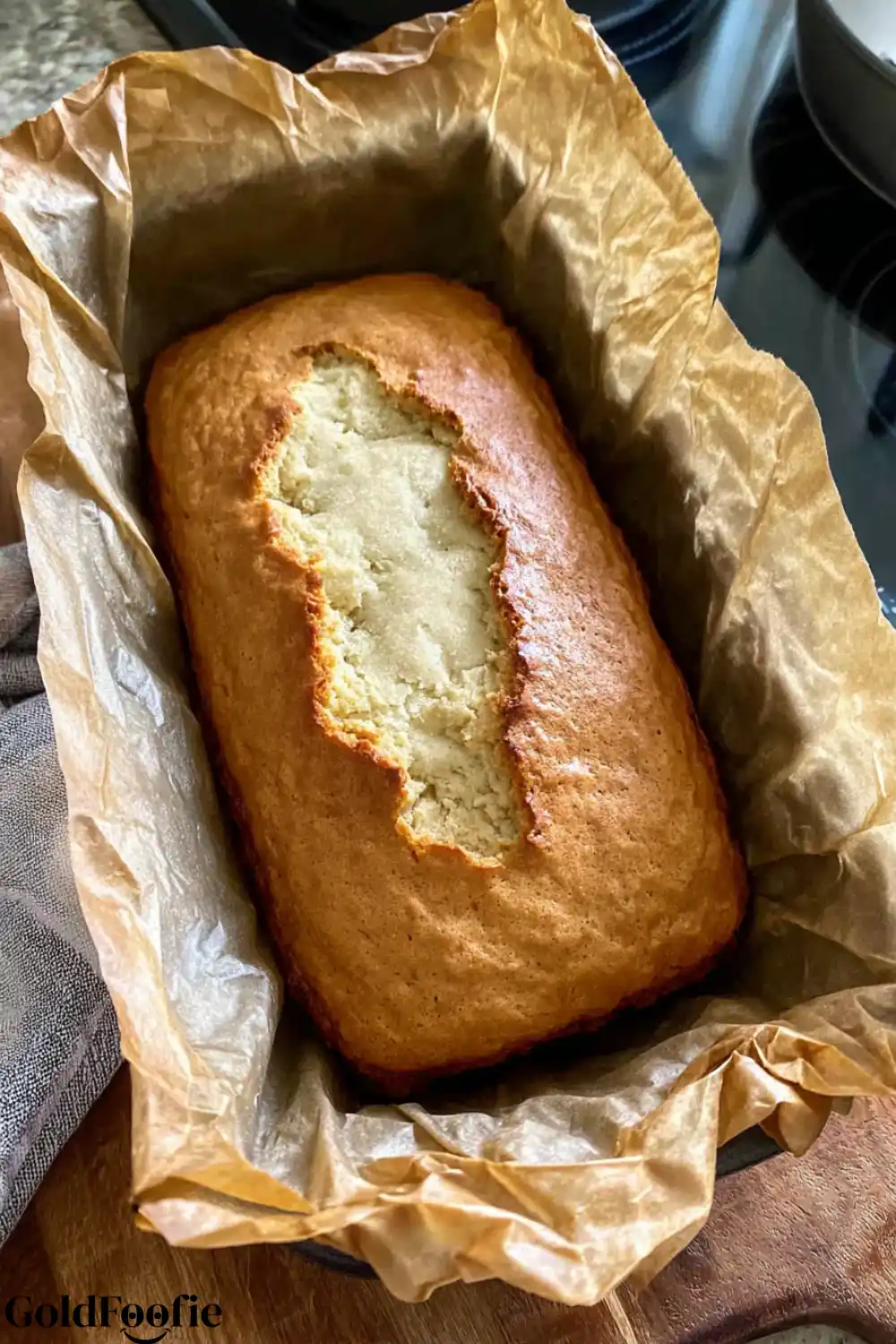
Step 3: Add the dry ingredients
Add the almond flour, baking soda, and salt to the wet mixture. Use a spatula or spoon to stir until everything is fully incorporated. The batter should be thick and slightly fluffy, not runny.
Step 4: Bake the bread
Pour the batter into your prepared loaf pan and smooth the top with a spoon or spatula. Place in the center of your preheated oven. Bake for 30 to 35 minutes or until the top looks golden and a toothpick comes out clean.
Step 5: Cool before slicing
Let the bread rest in the pan for about 10 minutes. Then transfer it to a wire rack and allow it to cool for at least another 20 minutes. Slicing too early may cause it to fall apart. Once cooled, enjoy your almond flour bread with butter, as sandwich bread, or topped with avocado.
You’ll Also Love
➤ Best Breads for Diabetics
➤ Coconut Flour Bread Recipe Moist and Fluffy Guide
➤ No-Yeast Quick Bread Recipe Everyone Can Master
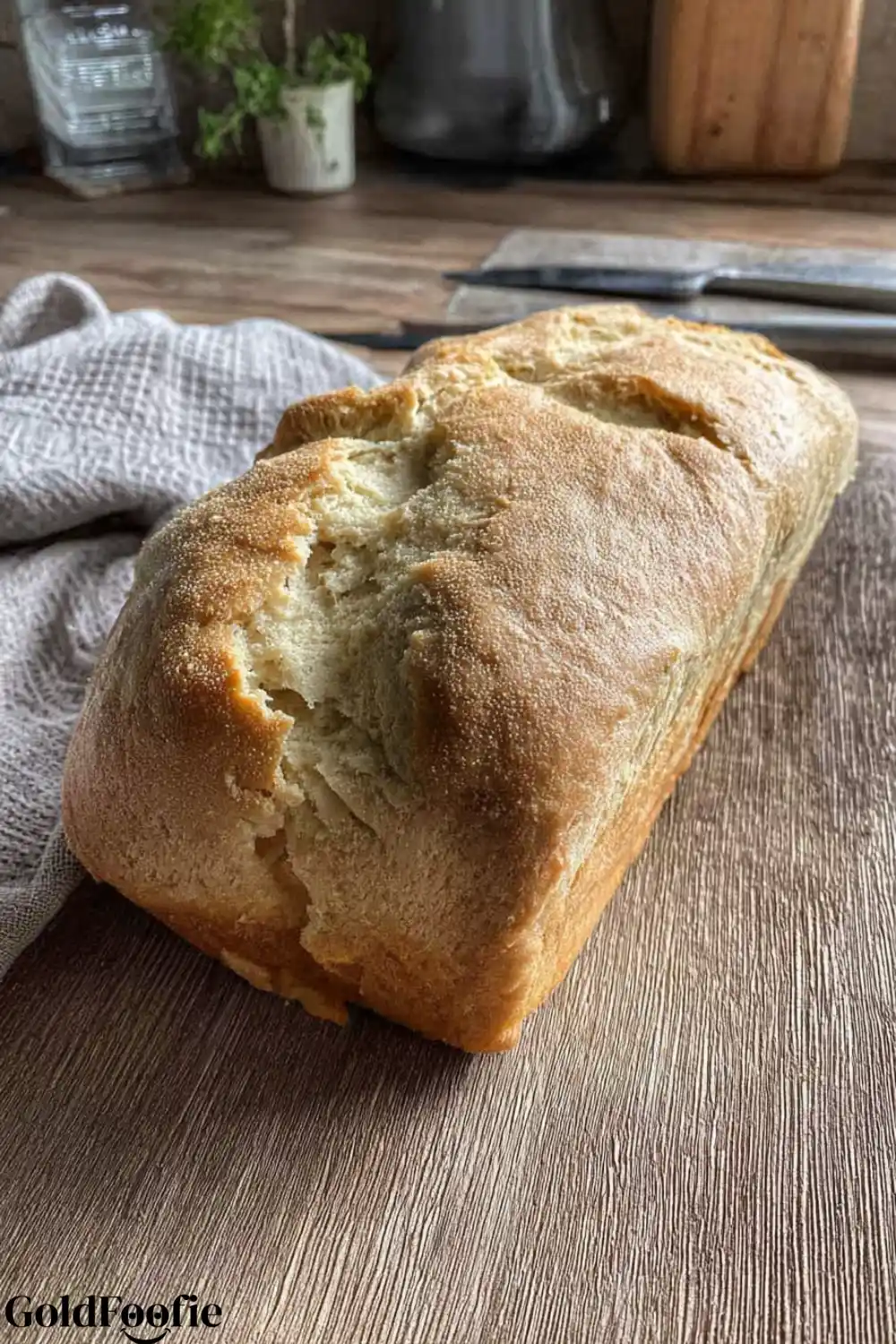
Nutrition Information (Per Slice)
Knowing what’s in your almond flour bread helps you stay on track with your health goals. Here is the breakdown for each slice, based on ten slices per loaf:
Calories: 175kcal | Carbohydrates: 5g | Protein: 6g | Fat: 16g | Saturated Fat: 2g | Polyunsaturated Fat: 1g | Monounsaturated Fat: 5g | Trans Fat: 0.01g | Cholesterol: 68mg | Sodium: 120mg | Potassium: 29mg | Fiber: 2g | Sugar: 2g | Vitamin A: 99IU | Calcium: 47mg | Iron: 1mg
This almond flour bread is rich in healthy fats, low in carbs, and fits well into diabetic, keto, or paleo diets.
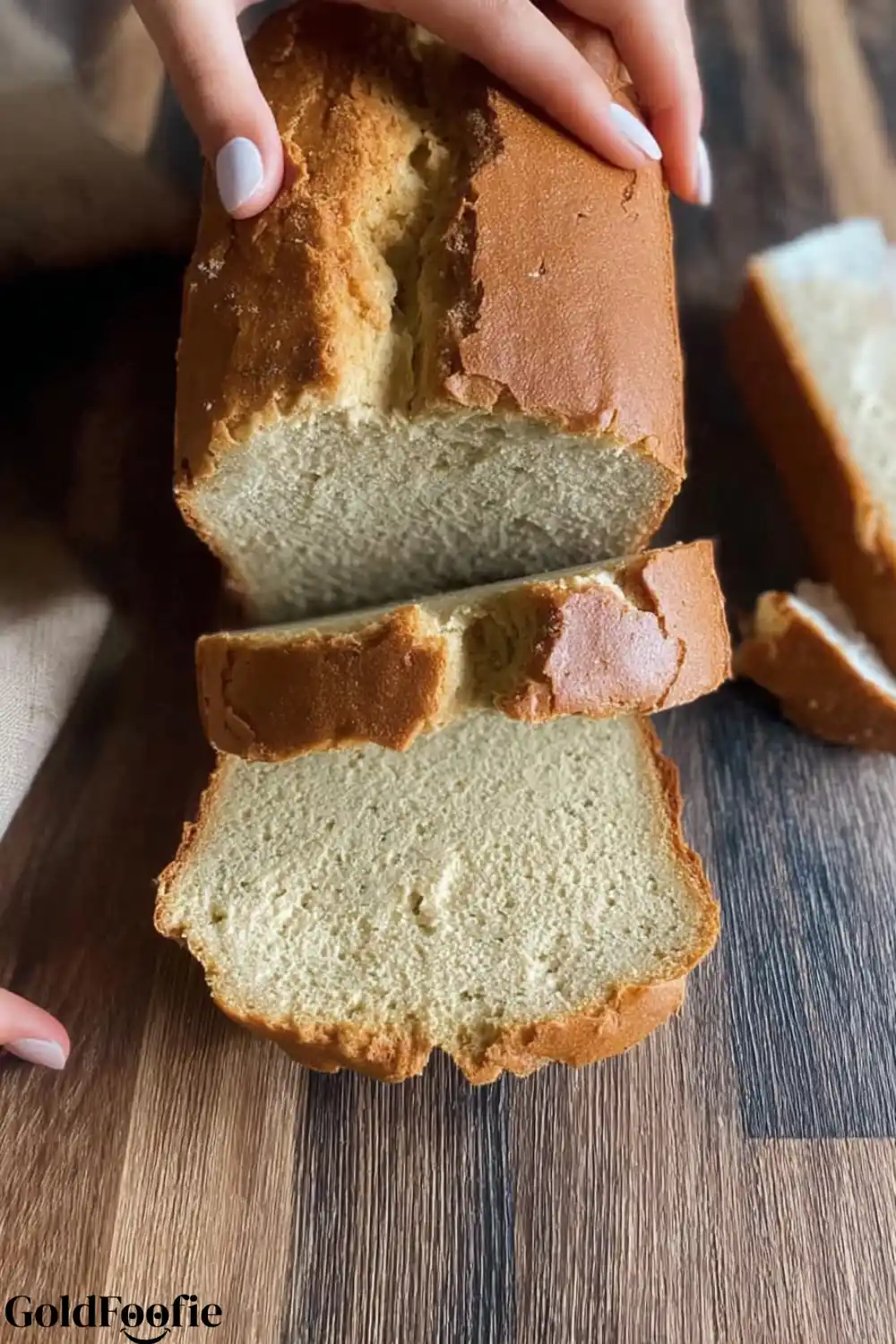
Almond Flour Bread
Ingredients
Method
- Preheat your oven to 350°F (175°C). Line an 8×4 inch loaf pan with parchment paper for easy removal.
- In a large mixing bowl, whisk the eggs until slightly foamy. Add olive oil, maple syrup, and apple cider vinegar. Whisk until smooth.
- Add almond flour, baking soda, and salt to the wet mixture. Stir with a spatula until fully combined. The batter should be thick and slightly fluffy.
- Pour the batter into the prepared loaf pan. Smooth the top and bake for 30 to 35 minutes, or until golden and a toothpick comes out clean.
- Let the bread cool in the pan for 10 minutes, then transfer to a wire rack to cool for another 20 minutes before slicing.
Notes
Nutrition Facts
(per serving) Calories: 175kcal | Carbohydrates: 5g | Protein: 6g | Fat: 16g | Saturated Fat: 2g | Polyunsaturated Fat: 1g | Monounsaturated Fat: 5g | Trans Fat: 0.01g | Cholesterol: 68mg | Sodium: 120mg | Potassium: 29mg | Fiber: 2g | Sugar: 2g | Vitamin A: 99IU | Calcium: 47mg | Iron: 1mgVisual Troubleshooting Guide: From Flat and Oily to Perfect
Sometimes your almond flour bread doesn’t turn out the way you hoped. This section shows common problems and how to fix them with simple adjustments.
Problem: My Bread is Dense, Gummy, or Oily
A failed loaf often looks wet or too heavy. This usually means the batter was overmixed or the oven temperature was too low. To fix it, stir gently just until combined. Always preheat the oven fully and avoid opening the door during baking.
Problem: My Bread Didn’t Rise or Collapsed
If your bread stays flat or sinks in the middle, it might be due to expired baking soda or skipping the vinegar. Always use fresh leavening agents and include apple cider vinegar to trigger the rise.
Problem: My Bread Tastes Eggy
A strong egg taste comes from using too many eggs or not enough balancing ingredients. Try switching to a mix of whole eggs and egg whites. This reduces the flavor intensity while keeping the loaf fluffy.
Problem: The Top is Burnt but the Inside is Raw
This happens when the oven runs too hot or the loaf bakes too long. Tent the top of the bread with foil halfway through baking. This protects the crust while letting the center cook through completely.
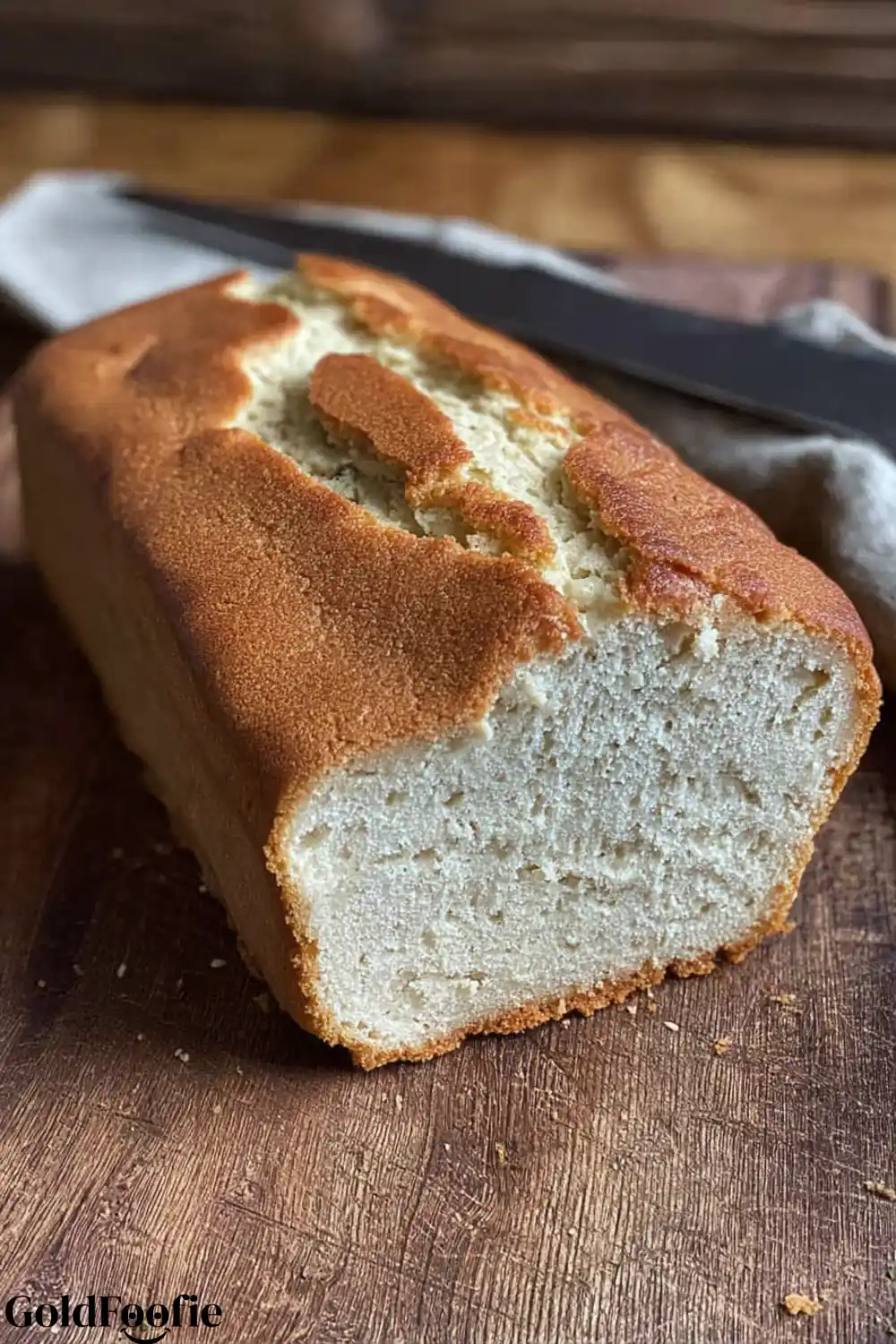
Expert Recipe Variations (The Taste Test)
These tested versions of almond flour bread help you find the perfect match for your taste and dietary needs.
The Fluffiest White Bread Version
Use five egg whites instead of whole eggs to reduce richness and boost fluffiness. This creates a softer texture and milder flavor. The loaf looks lighter and tastes closer to classic white sandwich bread.
The Hearty “Whole Wheat” Version
Add one tablespoon of psyllium husk or two tablespoons of ground flaxseed to the dry mix. This gives the bread a more rustic feel and a texture similar to whole wheat bread. It also increases fiber content without changing the flavor too much.
The Savory Herb and Cheese Version
Mix in one teaspoon each of dried rosemary and thyme, plus half a cup of shredded cheddar cheese. This variation transforms your almond flour bread into a flavorful loaf perfect with soup or salad.
The Tested Egg-Free (Vegan) Version
Replace each egg with one tablespoon of ground flaxseed mixed with three tablespoons of water. Let it sit until it thickens. This vegan version holds together well and still rises nicely, making it a great option for those avoiding eggs.
How to Store, Freeze, and Reheat Your Bread
Proper storage keeps your almond flour bread fresh, moist, and ready whenever you need it.
Room Temperature and Refrigerator Storage
After the bread cools completely, place it in an airtight container or wrap it tightly in plastic wrap. Store it at room temperature for up to two days. For longer freshness, refrigerate it for up to one week. Always keep it sealed to prevent drying out.
Freezing for Long-Term Freshness
Slice the loaf before freezing so you can take out only what you need. Wrap each slice in parchment paper, then place them in a freezer-safe bag or container. This keeps your almond flour bread fresh for up to three months.
The Best Way to Reheat and Toast
To reheat a slice, use a toaster or warm it in a skillet for a crispy edge. For oven reheating, bake at 300°F for about ten minutes. Avoid the microwave, which can make the texture rubbery. Toasting brings back that fresh-baked taste and crunch.
Helpful Notes
- Enjoy this almond flour bread best when it’s toasted. The crispy edges and soft center make it ideal for breakfast or as a side with meals.
- Store leftover slices in an airtight container in the fridge to keep them moist and fresh. This helps maintain the perfect texture for several days.
- For longer storage, slice the bread before freezing. Wrap each slice individually to make thawing and toasting quick and easy.
If you don’t have apple cider vinegar on hand, white wine vinegar works as a great substitute and still helps your almond flour bread rise properly.
Frequently Asked Questions (FAQ)
What is the secret to baking with almond flour?
The key is understanding that almond flour lacks gluten, so it needs support from ingredients like eggs and leaveners. Use super fine almond flour and combine it with the right acid-base reaction for structure and rise.
Will yeast rise almond flour?
No, yeast needs gluten to create structure and trap air. Almond flour does not provide that, so chemical leaveners like baking soda and vinegar work better for this type of bread.
Can you make bread with almond flour without yeast?
Yes, this almond flour bread uses baking soda and vinegar instead of yeast. This creates a soft rise without needing kneading or proofing time.
Does almond flour bread have less carbs?
Yes, almond flour bread is much lower in carbs compared to wheat bread. It also contains more healthy fats and fiber, making it a great choice for low-carb and diabetic diets.
Final Thoughts
This almond flour bread is everything you need in a healthy loaf. It’s soft, flavorful, low in carbs, and easy to make. Whether you’re following a keto, paleo, or gluten-free lifestyle, this recipe fits right in without sacrificing taste or texture.
If you try it, please rate the recipe and leave a comment with your results or questions. Your feedback helps others and builds a helpful community.
Share your finished bread photos on social media and tag our brand. We love seeing your creations and how almond flour bread fits into your healthy lifestyle.
Diabetes Nutrition Specialist | Healthy Diet Advocate | Founder of GoldFoodie.
My passion for nutrition began with a deeply personal journey supporting my father through his battle with diabetes. Watching his daily struggles made me realize how powerful the right food choices can be in improving quality of life. That experience drove me to dedicate my career to helping others live healthier, more balanced lives.







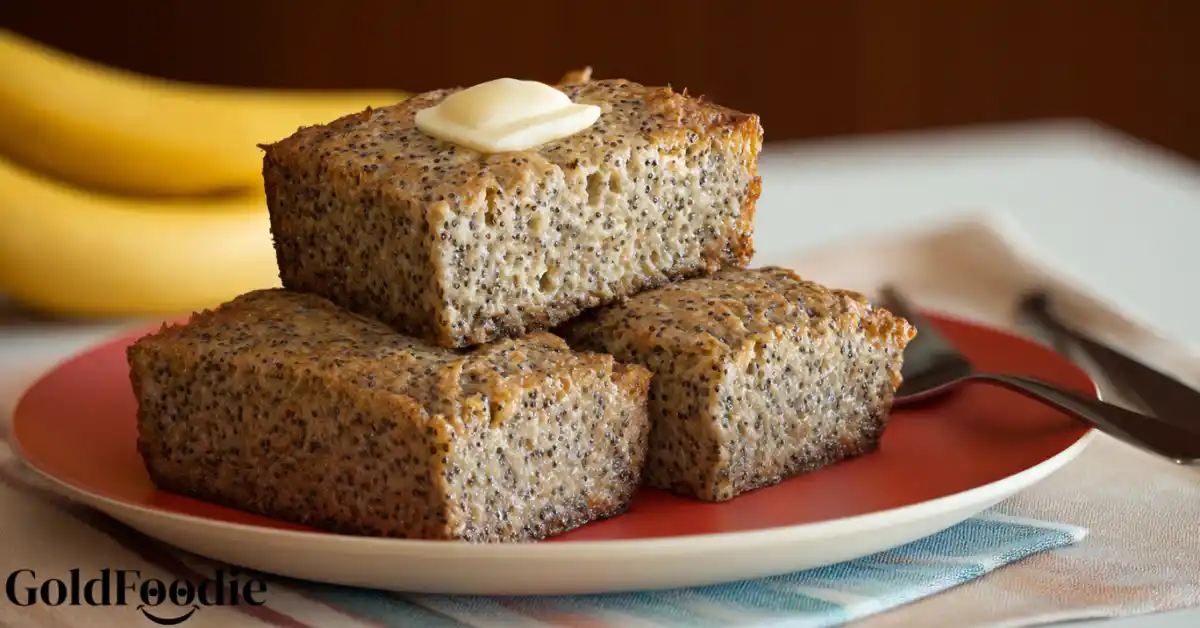
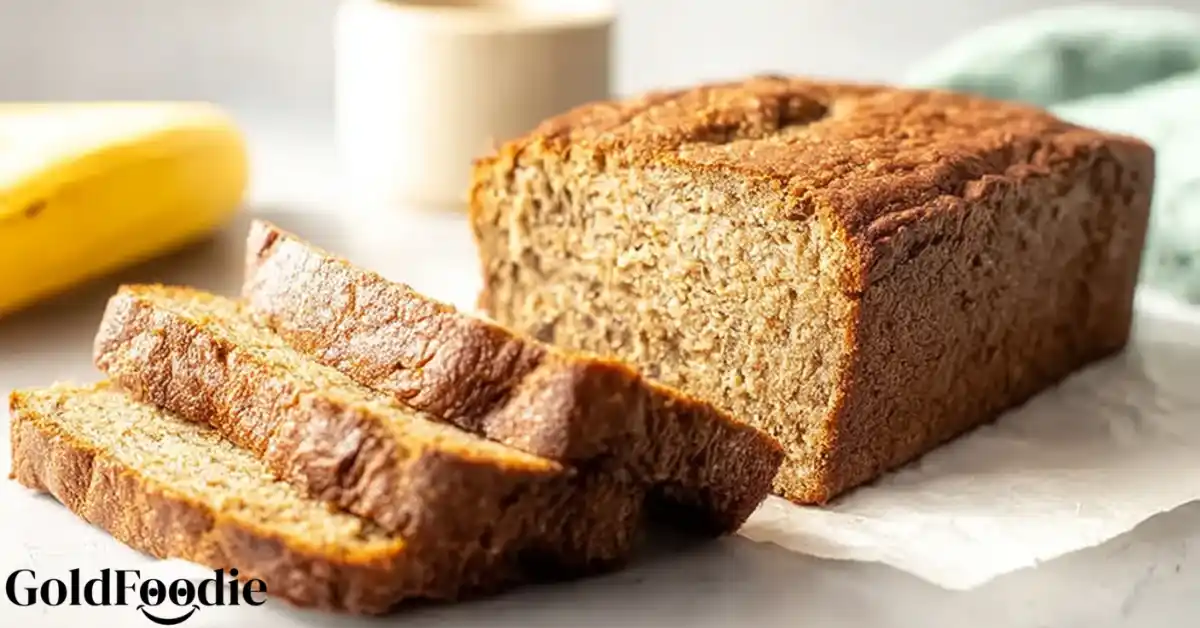
1 thought on “Almond Flour Bread Perfection Light Moist and Low Carb”